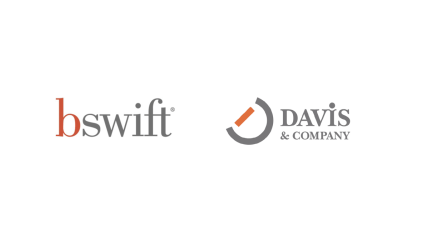
Looking for inspiration as you develop internal communication plans for the year? Ask yourself: What are we doing that has become routine and employees no longer find helpful? Here are five common practices that may be dragging down your communication.
James Clear (author of Atomic Habits) recently posted a provocative question in his e-newsletter, “What am I continuing to do out of habit, but is no longer serving me?” His timing was perfect!
I was about to start communication plans with several clients. James’ question—with a little twist—would help me inspire these internal communication teams to shake things up: What are we doing out of habit that no longer serves employees, the organization or our team?
As internal communication grows in organizations, many tactics and ways of working become automatic. Identifying these “habits” is a great way to rout out practices that no longer provide value or reduce productivity.
Here are five examples of hard-to-break communication habits and how to think differently about them:
Habit: Relying on email as the primary communication tool
Employees have a love/hate relationship with email. They love its timeliness and immediacy, but hate how much they get. Still…it’s not difficult to imagine why email is a habit for communicators: It’s easy! Push the send button and you can cross that one off your list.
How to break the habit:
Build employees’ preferences into your channel mix. Here’s an example. I recently fielded an internal communication survey for a client where we asked employees about their preferred way to learn about five key topics—from business strategy to diversity and inclusion. Email didn’t show up as a top choice across any of these topics. Employees said town halls, their direct manager and the intranet were their preferred sources. While not as easy as email, these channels are worth the investment since they do a better job of building deep knowledge.
Habit: Packing email with lots of information
We know employees get too many emails. The result? We pack in more details. Now we’re defeating one of the main benefits of email: quick in and out.
How to break the habit:
Here’s a counterintuitive solution: send more emails. Rather than one looooong email, set standards that help you get to the point: focus on one topic, send only when an action is required, target a specific group, stick to 100 words…. If you find more words are required, it’s time to move to a new channel: perhaps an interactive exercise at a regular meeting, a brochure shared with people managers or a discussion in a social tool.
Habit: Asking employees to speak with their managers
While managers are a trusted source of information for their team members, communicators often put managers in a tough spot. It goes something like this: “Announcing an exciting new change initiative. Please see your manager with questions.” Then managers shrug their shoulders since they don’t know much more than employees. Here’s how one employee explained the problem, “Instead of interpreting the message, my manager forwards the entire email, almost with an attitude. It’s like saying ‘Here, look at this. See what they’re doing now?’”
How to break the habit:
First, make time to give managers the support they need to build their knowledge and be an effective communication resource—from workshops to Frequently Asked Questions. Then, keep them up to date on your communication plan: when key issues will be shared with employees, how feedback will be gathered and expectations for employees.
Habit: Serving up the same information to all employees
This is another habit that falls into the “That’s easy!” bucket. It’s so tempting to give the same details to everyone. But when it comes to internal communication, relevance is a big driver of satisfaction for employees. “What does this mean to me?”
How to break the habit:
Segment. Dividing employees into groups will help you determine if information needs to be customized for each. And help you answer this key question, “What does this mean to [insert group name here]?” Depending on the complexity of your topic, you may need to create a separate communication piece for each group, such as sales and production. Or divide a communication deliverable into subsections, so employees can jump to the details for their group.
Habit: Treating a town hall as a report out or a series of talking heads
In the words of our founder, Alison Davis, “A town hall with no interaction is a bad town hall.” And I’ll add…boring.
How to break the habit:
Town hall meetings are a big investment! You’re asking employees to put their work on hold for an hour (and, sometimes, more). Move report-out activities, such as initiative updates or product reviews, to other channels. And focus on topics that matter to employees, such as sharing progress with the strategic plan, recognizing teams and individuals, and gathering feedback and ideas. Imagine the power of asking employees: What roadblocks are you experiencing as we implement our strategic plan? Then acting on what you learn. Now that’s interaction and true engagement!





